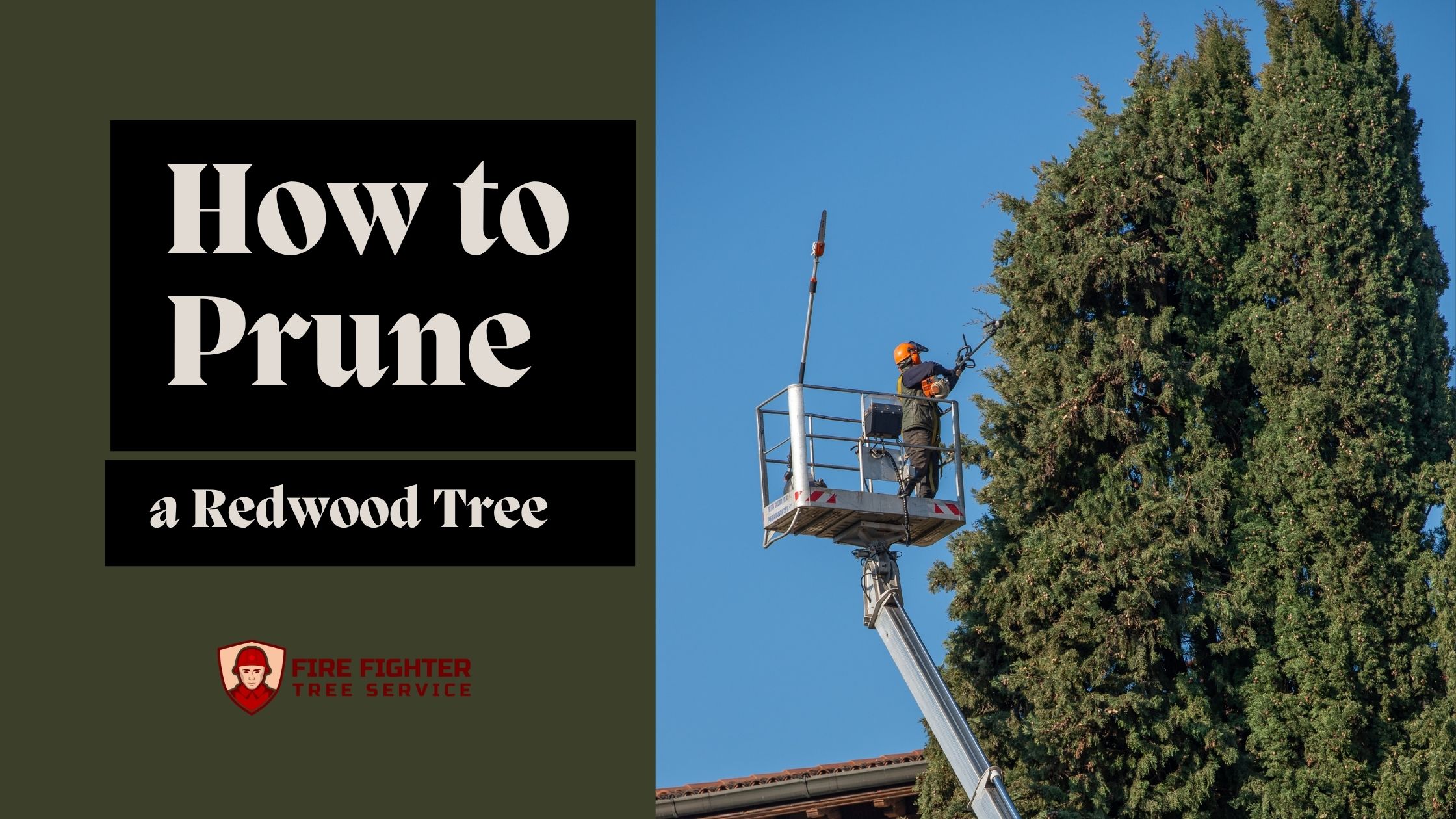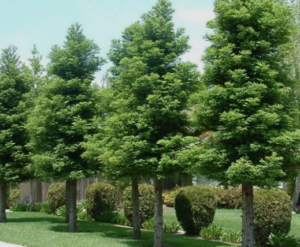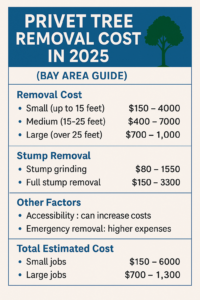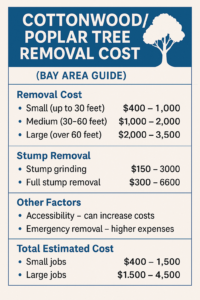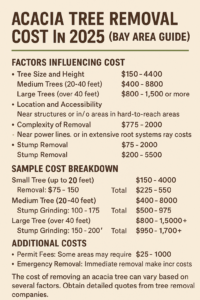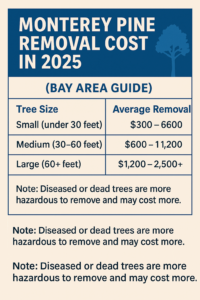Pruning a redwood tree is essential to maintaining its health, structure, and appearance. The numbers have declined; only 80,000 redwood trees are left in California. By carefully trimming your redwood, you can ensure it thrives for years. This guide will provide a comprehensive overview of:
- When to Prune Your Redwood Tree
- Identifying Pruning Targets
- Pruning Techniques and Tools
- Pruning Young vs. Mature Coast Redwoods
- A Step-by-Step Redwood Tree Pruning Guide
- Benefits of Pruning Redwood Trees
- Avoiding Common Pruning Pitfalls
When to Prune a Redwood Tree

Best Seasons for Pruning Coast Redwoods
The optimal time to prune a Coast Redwood is during its dormant period, typically late winter or early spring. During dormancy, the tree is not actively growing, which allows it to heal more efficiently from the pruning cuts. Pruning during this time reduces stress on the tree and minimizes the risk of disease and pest infestation.
Age Matters: Young vs. Mature Trees
Pruning needs vary depending on the age of the tree. Young redwoods may require more frequent pruning to establish a strong structure, while mature redwoods benefit from less frequent but more precise pruning to maintain their health and form.
3 Pruning Targets
When it comes to maintaining the health and beauty of your Coast Redwood, targeted pruning is essential. Whether you’re dealing with unsightly deadwood, unruly shoots, or branches that disrupt the tree’s natural elegance, these tips will guide you toward successful and beneficial pruning practices:
- 3D (Dead, Damaged, and Diseased): Identify and remove any dead, diseased, or damaged branches. Signs include discoloration, brittleness, or peeling bark. Removing these branches helps prevent the spread of disease and pests to other parts of the tree.
- Wayward Shoots: Water sprouts (vertical shoots) and crossing branches can hinder the tree’s growth and health. These should be pruned aggressively to maintain the tree’s structural integrity and to promote healthy growth.
- Out-of-shape Branches: A Coast Redwood’s natural silhouette is iconic. Aim to enhance its inherent shape with selective trimming rather than trying to reshape it drastically. Avoid over-pruning, which can stress the tree and alter its natural form.
The Correct Redwood Pruning Technique and Tools
Making the Cut
Always use sharp tools to make clean cuts. Blunt tools can tear the bark, making the tree more susceptible to disease. Cuts should be made at a 45-degree angle to prevent water from pooling on the wound, which helps in faster healing.
Choosing the Right Tools

Hand pruners, loppers, and saws are essential for pruning. To prevent the spread of disease, ensure your tools are sharp and sterilized before use. Before making cuts, dip them in a solution of one part bleach to nine parts water or rubbing alcohol.
Pruning Young vs. Mature Coast Redwoods
Training Young Trees
Pruning helps establish a strong, well-balanced structure for young redwoods. Start pruning after planting, focusing on removing dead or diseased branches. As the tree grows, gradually raise the crown by removing lower branches. Avoid cutting back the leader (the main vertical stem) to ensure the tree grows tall and straight.
Caring for the Giants
Mature redwoods require careful pruning to maintain their health and structural integrity. Leave significant pruning tasks to professional arborists, especially for high or large branches. Focus on thinning the crown to improve light penetration and air circulation. Make cuts that promote the tree’s natural form and avoid over-pruning, which can cause stress and weak regrowth.
A Step-by-Step Redwood Tree Pruning Guide

Step 1: Prepare Your Tools
Before you begin pruning, gather all necessary tools, including hand pruners, loppers, and a pruning saw. Sterilize your tools to prevent the spread of disease.
Step 2: Assess the Tree
Walk around the tree and identify branches that need to be removed. Look for dead, diseased, or damaged branches, as well as water sprouts and crossing branches.
Step 3: Make Preliminary Cuts
For large branches, use the three-cut method to prevent bark tearing:
- First Cut: Make an undercut on the branch about 6-12 inches from the trunk. This cut should go about one-third of the way through the branch.
- Second Cut: Make a top cut slightly further from the first cut. This cut should go through the branch, allowing it to fall away without tearing the bark.
- Third Cut: Make a final cut close to the trunk, just outside the branch collar (the swollen area where the branch meets the trunk). This cut should be at a 45-degree angle to promote healing.
Step 4: Remove Smaller Branches
Use hand pruners or loppers to remove smaller branches. Make clean cuts at a 45-degree angle just outside the branch collar to prevent water damage and disease. Avoid leaving stubs, which can become entry points for pests and diseases.
Step 5: Shape the Tree
To shape the tree, remove branches that disrupt its natural form. Focus on thinning the crown to allow light and air to penetrate. Avoid cutting back the leader and refrain from over-pruning.
Step 6: Clean Up
After pruning, clean up all debris from around the tree. Properly dispose of or compost the pruned branches. Sterilize your tools again before storing them.
Benefits of Pruning Redwood Trees

1. Improved Health
Pruning removes dead, diseased, or damaged branches, which can harbor pests and diseases. By eliminating these branches, you improve the overall health of the tree and prevent potential infestations from spreading.
2. Enhanced Growth
Pruning helps to direct the tree’s energy towards healthy growth. Removing water sprouts and other problematic branches allows the tree to focus its resources on developing strong, healthy limbs and foliage.
3. Better Light and Air Penetration
Thinning the tree’s crown allows more light and air to reach the inner branches and the ground below. It promotes better photosynthesis and reduces the risk of fungal infections, which thrive in dark, damp environments.
4. Structural Integrity
Proper pruning techniques help establish a strong structure for young trees and maintain the integrity of mature ones. Removing weak or crossing branches reduces the risk of breakage during storms or under heavy foliage.
5. Aesthetic Appeal
Pruning enhances the tree’s natural beauty by maintaining its iconic silhouette. Well-trimmed redwoods look healthier and more vibrant, adding to the overall aesthetic appeal of your landscape.
Avoiding Common Pruning Pitfalls

1. Over-Pruning
Over-pruning can strip the tree of its natural defenses, making it more vulnerable to stress and disease. Avoid removing more than 25% of the tree’s foliage in a single pruning session.
2. Flush Cuts
Flush cuts remove the branch collar, leaving a large wound that heals slowly and invites pests and diseases. Always make cuts just outside the branch collar to promote faster healing.
3. Lion Tailing
Lion tailing involves removing too many inner branches, leaving the foliage concentrated at the tips. It can weaken the tree and lead to structural issues. Maintain a balanced canopy with foliage distributed throughout.
4. Dull Tools
Dull tools can cause ragged cuts that take longer to heal and are more prone to disease. Keep your tools sharp and make clean cuts to promote quick healing.
Get Redwood Puning Services from Certified Arborists
Fire Fighter Tree Services has a team of experienced arborists to help you take care of your redwood trees. Whether mature or young, we customize our services to their needs for optimum growth, aesthetics, and disease control. Get in touch with us today for an affordable solution.
